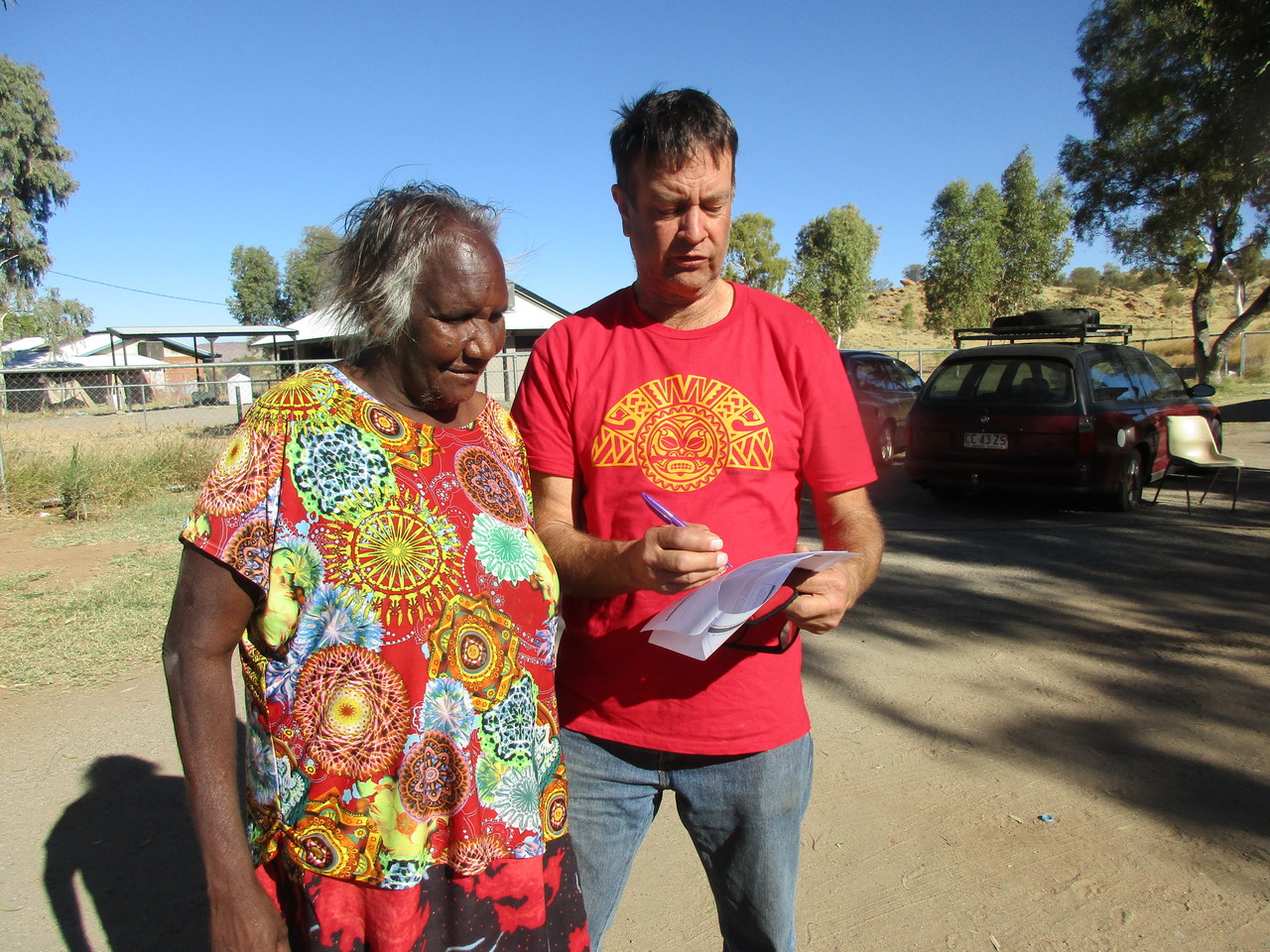Community-Based Surveys Are Informing Local Smoking Campaigns for Indigenous Australians
16.02.2018
Australia
GATS
“Given the reality that the smoking rate has not changed much on our population data, these findings are both welcome and very important in terms of our ongoing funding. …The findings will also be very encouraging for our Tobacco Action workers and Tobacco Health Promotion workers who sometimes feel like they are up against the odds in trying to get people to stop smoking.”
Australia is a global leader in tobacco control with a comprehensive strategy that includes advertising restrictions, tax excise and mass media campaigns initiated from the late 1980s. Unfortunately, after three decades, most interventions have had little impact on smoking prevalence in Australia’s Aboriginal and Torres Strait Islander population. Current daily smoking prevalence is estimated at 41.4 percent among Aboriginal and Torres Strait Islander Australian adults (>18 years), compared to 14.5 percent among adults in the total Australian population. Recognition of the substantial health benefits generated from reducing tobacco use has led to the development of Aboriginal and Torres Strait Islander tobacco control programs. In 2016, the Australian Government invested in the Tackling Indigenous Smoking (TIS) program. In particular, the Australian Government has funded the delivery of local tobacco campaigns implemented by Aboriginal Community Controlled Health Services.
Current daily smoking prevalence is estimated at 41.4 percent among Aboriginal and Torres Strait Islander Australian adults (>18 years), compared to 14.5 percent among adults in the total Australian population.
Project description, results and impact
This project evaluated the effectiveness of the local tobacco campaign by undertaking a community-based survey of Australia’s aboriginal population. The survey asked participants about smoking knowledge, attitude and behavior. We assessed change over time in the group of participants.
To date, little research has been done to evaluate the effectiveness of community-based tobacco prevention programs among Aboriginal population in Australia. Using this approach has built capacity and informed service delivery at the local level, while also providing advice to national policy and decision-making on community tobacco prevention programs.
The project undertook a pre- and post- study with smokers/ex-smokers to assess changes in knowledge, attitudes and behaviors over time. The study was undertaken between December 2016 and July 2017.
The study involved 156 participants in baseline survey and 60 percent of participants responded to the follow-up survey.
Results measured change over time, finding that at follow-up survey a significant proportion of participants’ knowledge of smoking risks had improved, knowledge of quit services had also improved and, most importantly, a significant number had quit smoking (16 percent).
This work is being used to inform Health Service’s health promotion work on tobacco and its clinical approaches to smoking cessation and the development of the local tobacco campaign in Central Australia:
- Health Service is revising the local campaign messages “improving knowledge”: given already high knowledge of the risks of smoking in this community, the Health Service has adapted their campaign to focus on health benefits to quitting, chemicals in cigarettes and benefits of quitting for family and children.
- Increase the reach of health promotion: the Health Service is seeking additional funding to work more broadly in the region (outside of current service footprint), including in neighboring communities.
- Review of the clinical approach to smoking cessation: the Health Service is developing a protocol and in-house training to support all clinicians to intervene on smoking behaviors.
The estimated number of people benefited from the effort includes about 7,500 Clients in Health Service and a Central Australian Indigenous population of approximately 24,000. Whilst the findings can’t be extrapolated to the broader Central Australian population, ongoing efforts to deliver population health initiatives, more widely distributed health promotion messages, increased number of smoke-free environments and greater access to quit services in Central Australia will lead to increased people quitting smoking in remote areas and, over time, contribute to smoking prevalence decline.

Project leader Allyson Wright surveys a community member in Central Australia.

Research Assistant, Jon Veverbrants
- Australian Bureau of Statistics (ABS). 4714.0 National Aboriginal and Torres Strait Islander social survey, 2014–15. Canberra: ABS; 2016.
- Wright A. et.al, Enhancing national data to align with policy objectives: Aboriginal and Torres Strait Islander smoking prevalence at finer geographic levels. Australian Health Review June 2017